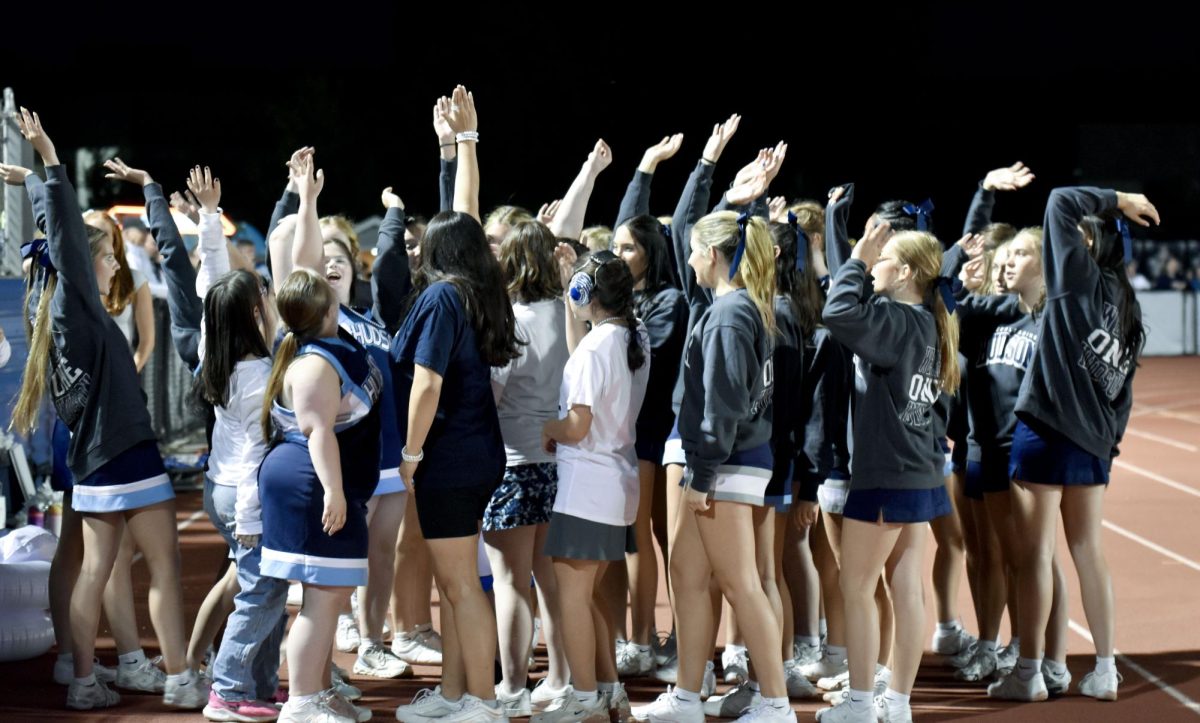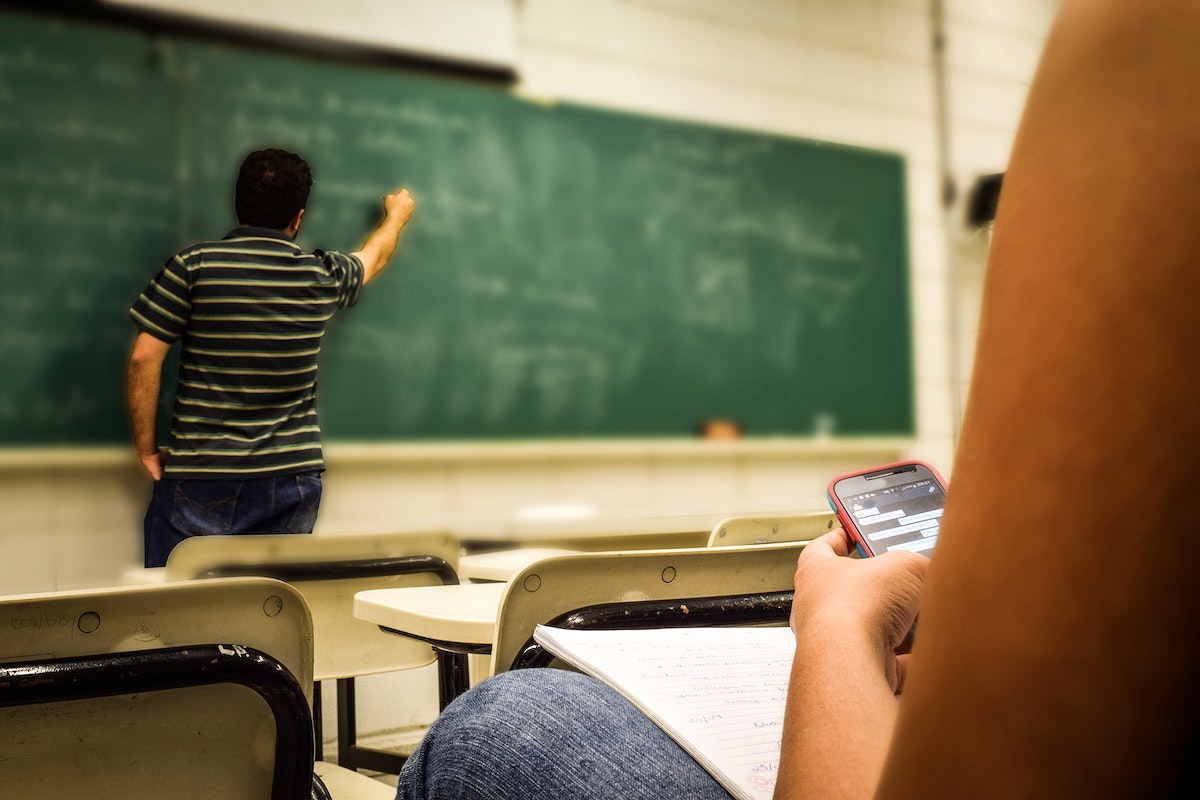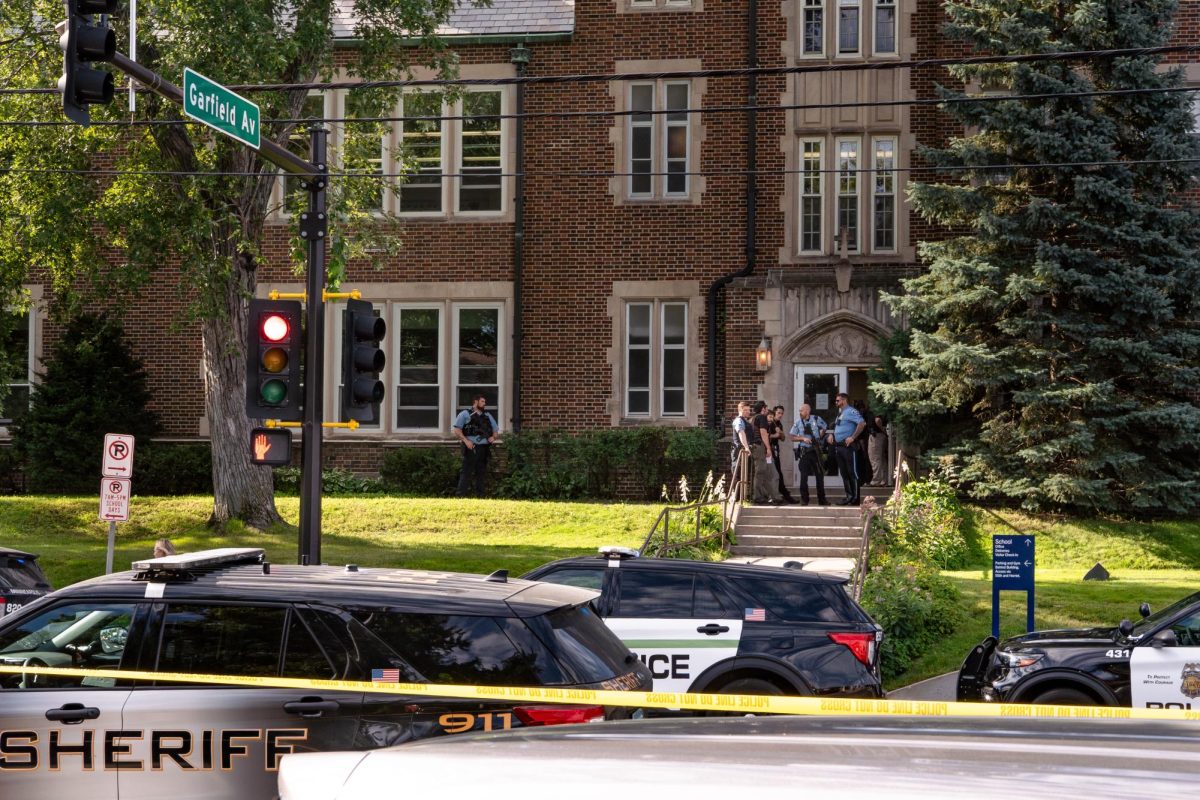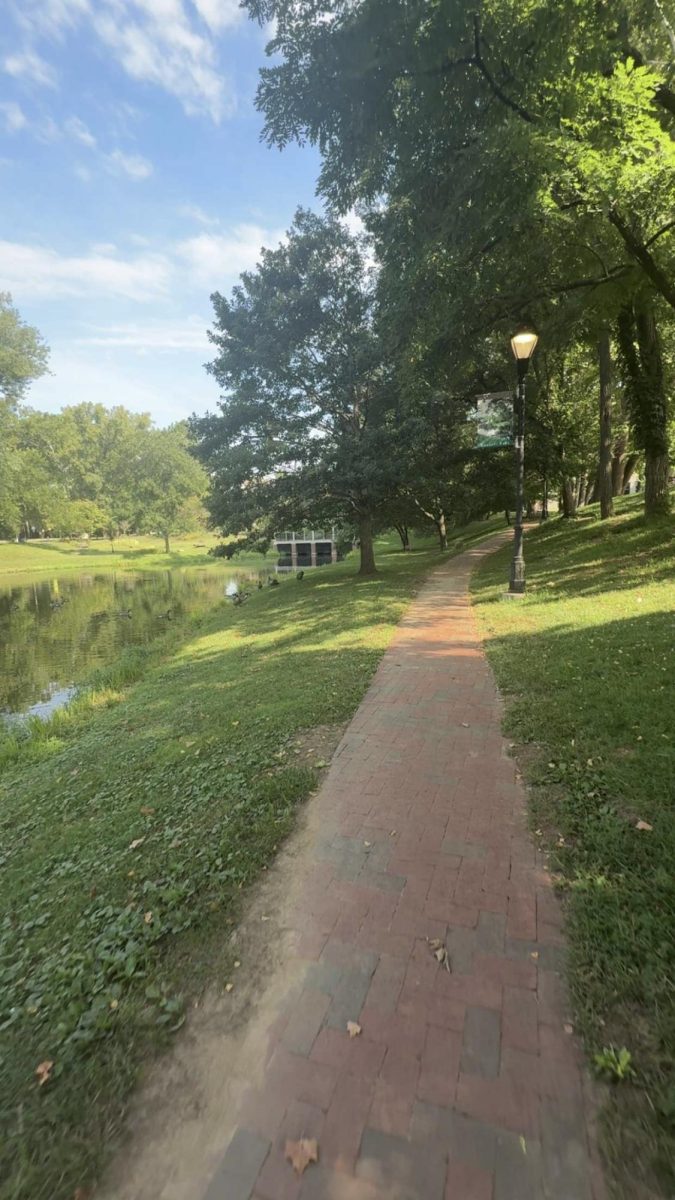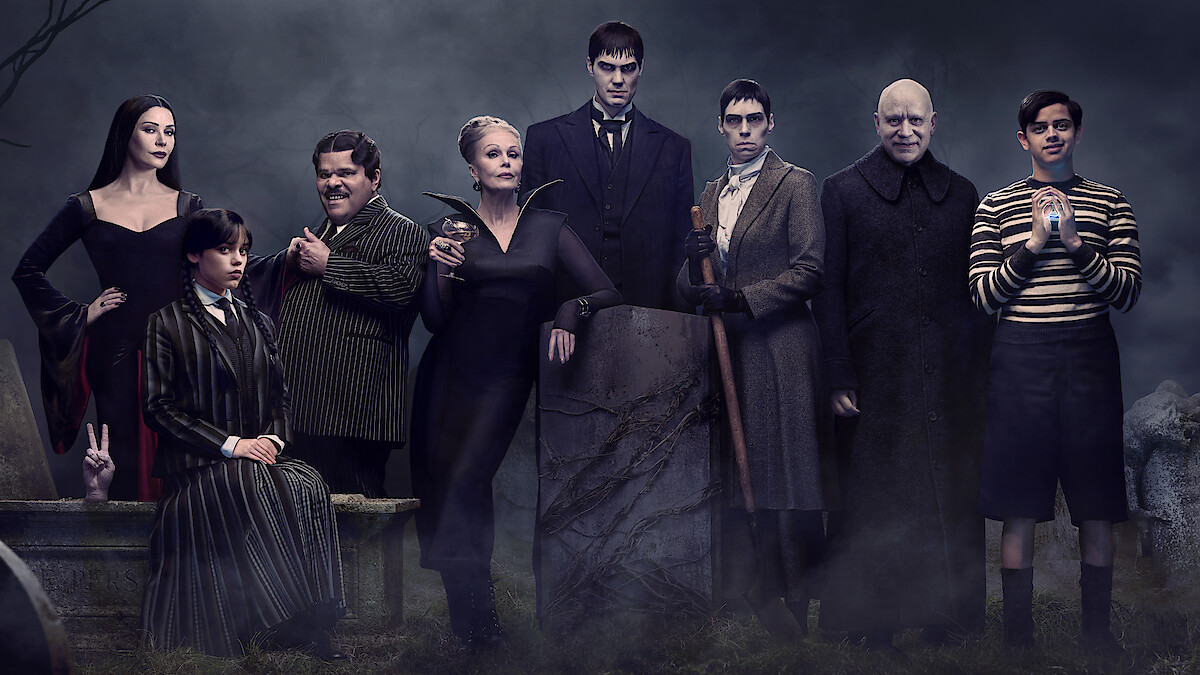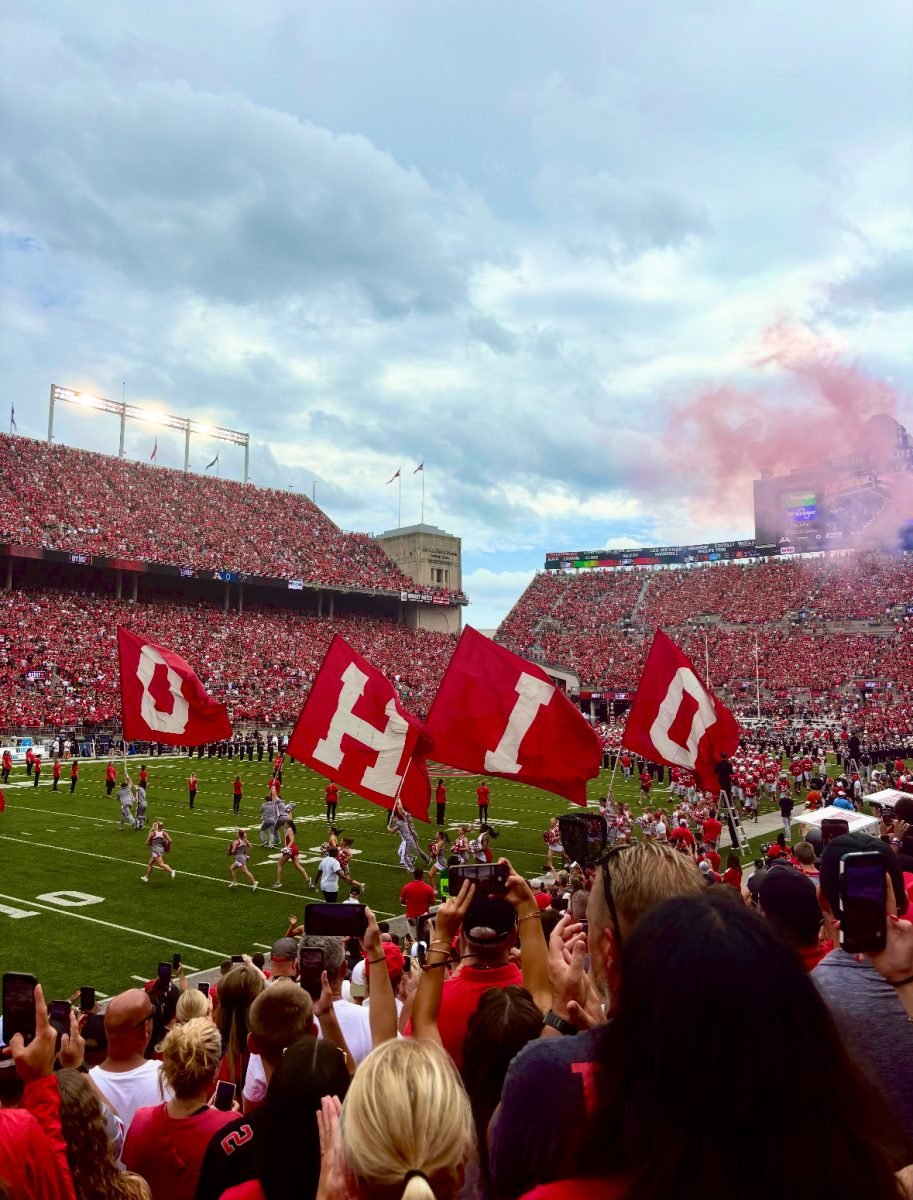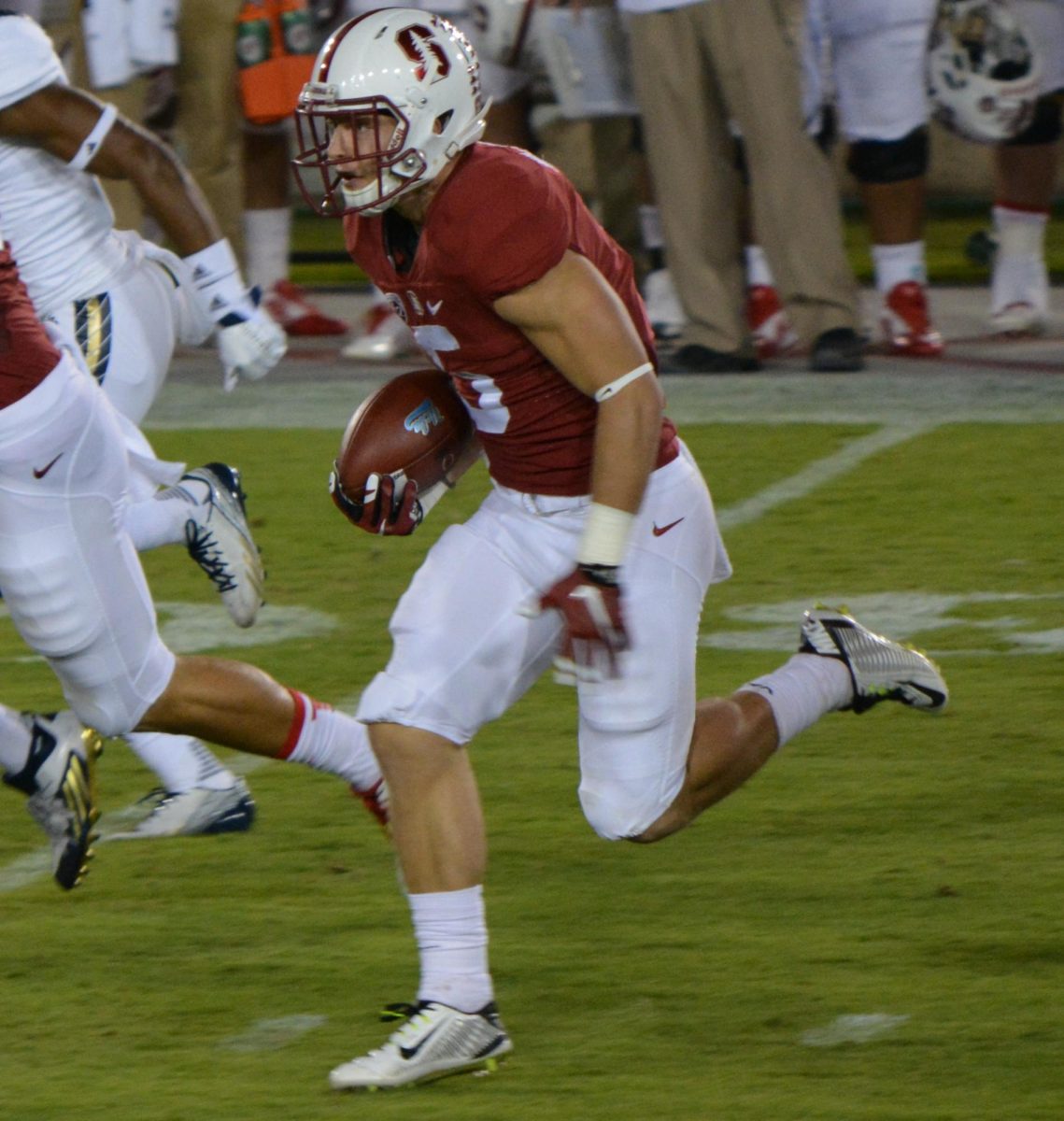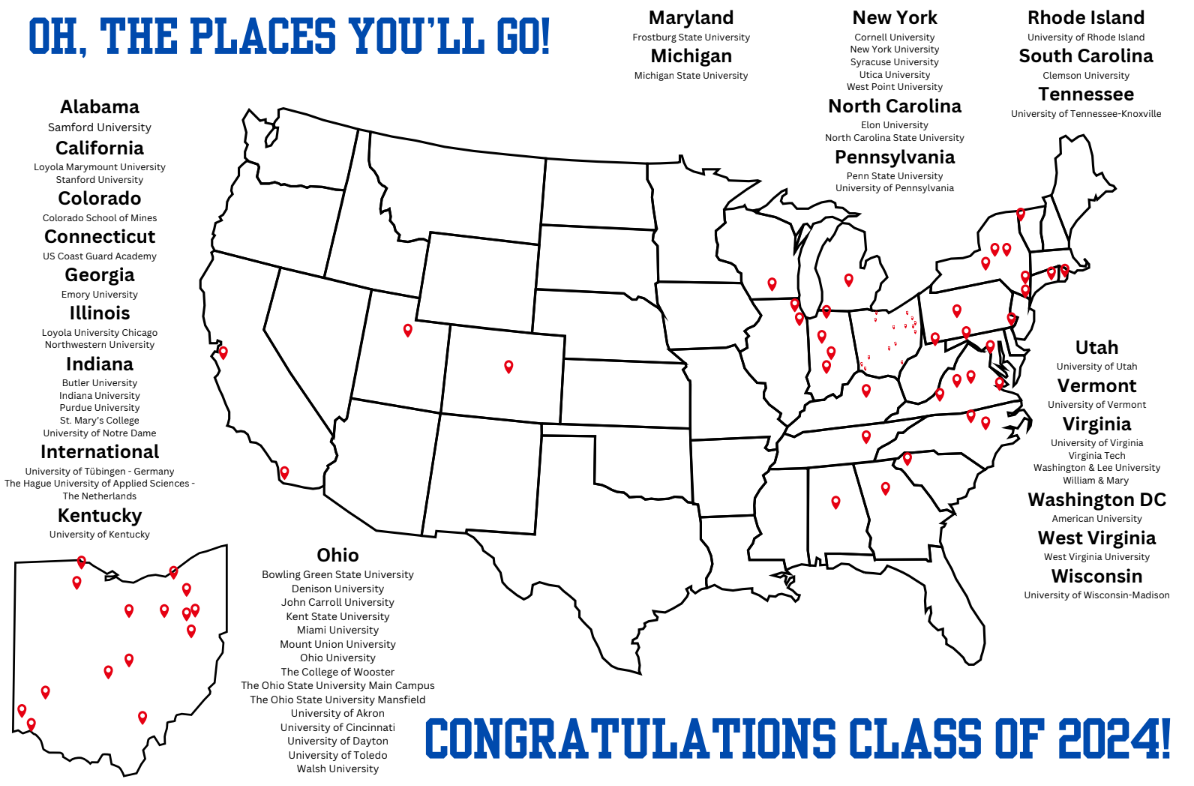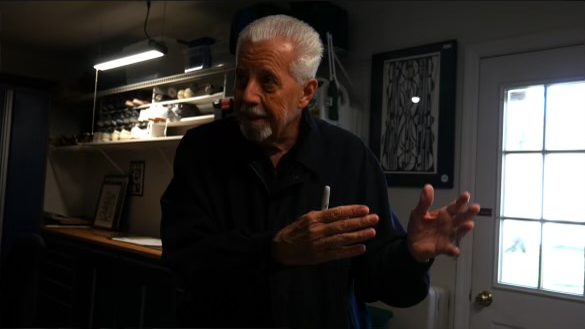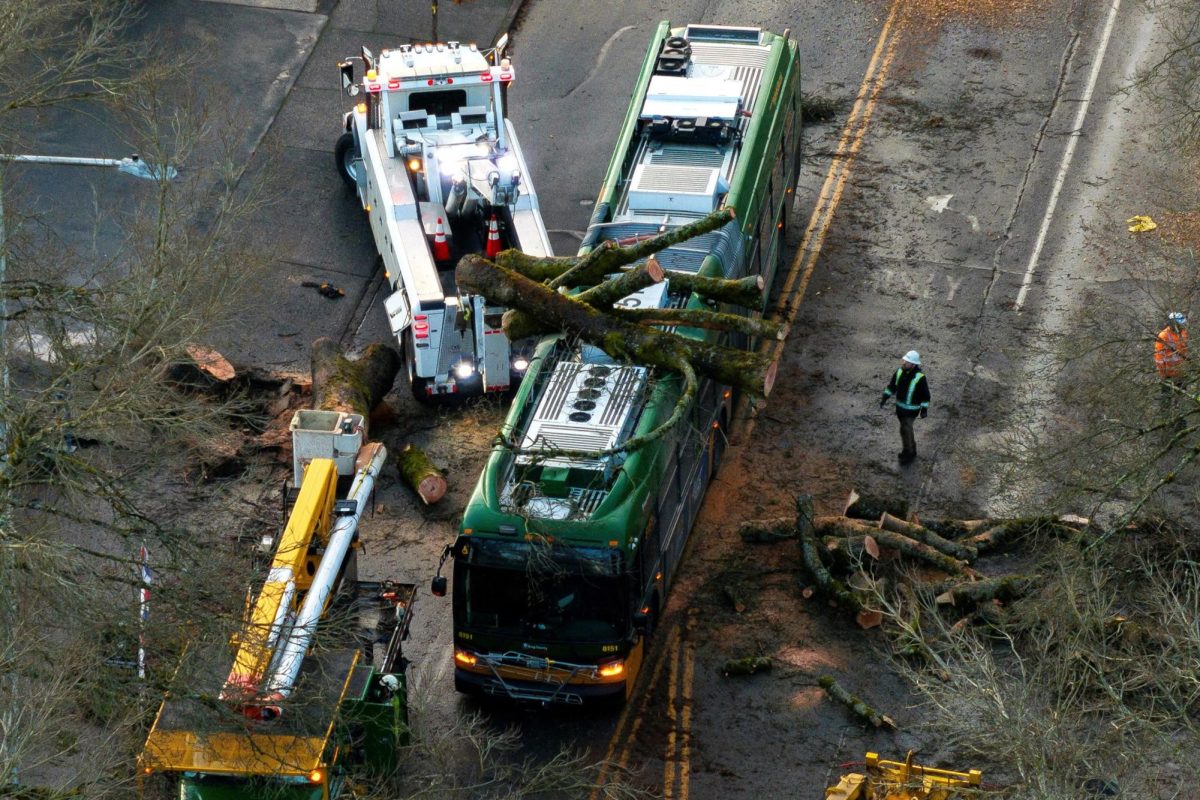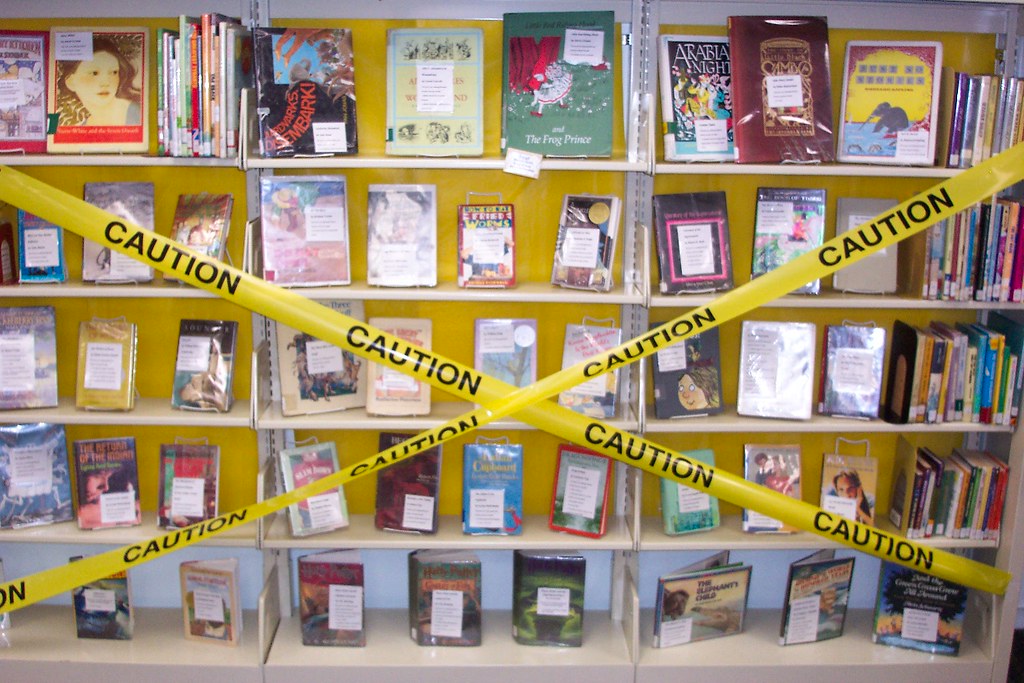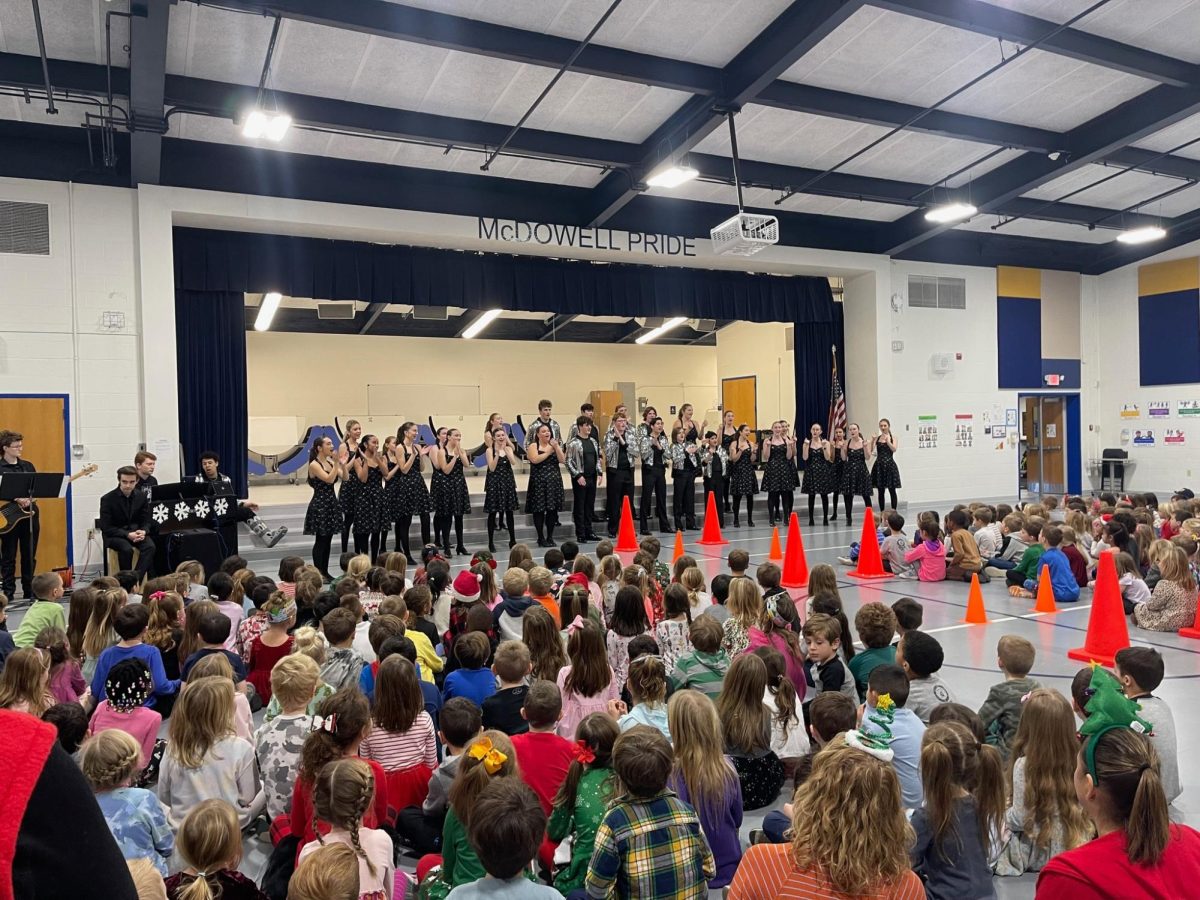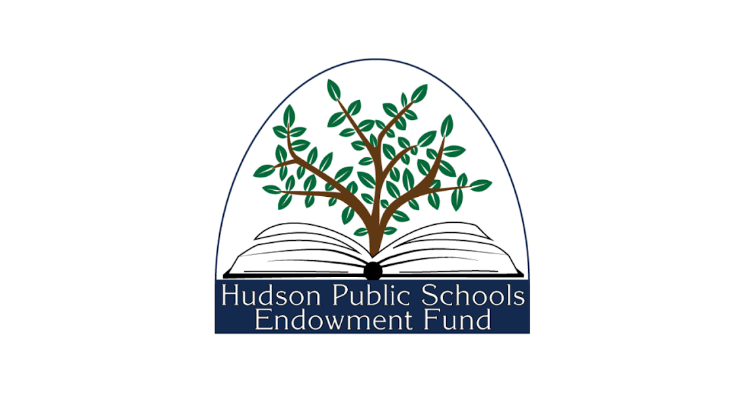The West Coast is getting slammed with over 70 mph winds, while we are up here getting a light dusting of snow. What is happening in California, Washington, and Oregon? An article on AP News says, the region is experiencing an atmospheric river, which is a long, narrow path of water vapor that transports moisture from tropics to northern latitudes. These rivers are formed by winds that are typically associated with cyclones, which is how this cyclone came to be. The type of cyclone the West Coast is experiencing is called a bomb cyclone. These are called so because of the quick time it takes for the storm to intensify. Similarly to a tornado, cyclones are caused by a cold air mass colliding with a warm air mass. They tend to cause heavy rain, flash flooding, high winds, and sometimes severe winter storms.
In this specific storm, Northern California and Southwestern Oregon have gotten up to 16 inches of rain, and Calif. is predicted to get two to three inches of snow per hour. According to John Bacon and Jorge L. Ortiz on USA Today, all of these regions have high winds, flash floods, rock slides and debris flows. CBS News reports that, specifically, the top of the Sierra Nevada region is getting hit heavily. They are looking at 15 inches of snow and winds up to 75 mph.
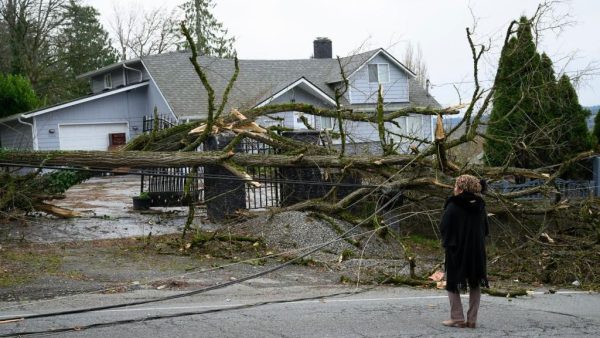
Throughout this storm, CNN says that the death toll has only racked up to two. One woman was confirmed dead near Seattle when a tree struck her home and landed on her. Another woman was killed when a tree fell onto her homeless encampment in Lynnwood. Others have been injured by the fallen trees and more. Aside from the fallen trees, it is estimated about 330,000 people are without power, with the number steadily decreasing, according to CBS. Many schools, with more than 12 in Seattle, are closing for the week. Highways are also in rough condition, with semi-trucks prohibited on the main highway between Carson City and Reno. Many roads are expecting long term closure. However, there is good news, the worst day is supposed to be Thursday and it will get better after that. CNN predicts those areas should still be on the lookout for another cyclone though, but it will be likely weaker. If there is another storm it will cause another round of winds and more flooding to what they already have.
The big question though is will it affect us? It is unlikely, but still possible. Even if it does hit us though, it will be light due to the severity of the weather decreasing as the storm moves. In contrast though, according to Tom Howarth on Newsweek, the Great Lakes region is looking to get its own storm, with a lot of snow expected along with winds and rain. Meteorologists are expecting three to six inches of snow.
After this storm is done by the west coast, it is heading to Montana, the Dakotas, and Minnesota. CBS reports that these areas are going to get a moderate amount of snow and heavy winds. On Interstate 94 in Northern Minnesota there have been several accidents including tractor-trailers that jackknifed due to icy roads. The difference between a cyclone and a hurricane is important to know, because this isn’t a hurricane. A cyclone is a smaller hurricane, however this storm is closely compared to Hurricane Milton. This is due to the fact that it was also a bomb cyclone. Hurricane Milton picked up the pace quickly just like this bomb cyclone on the West Coast.




